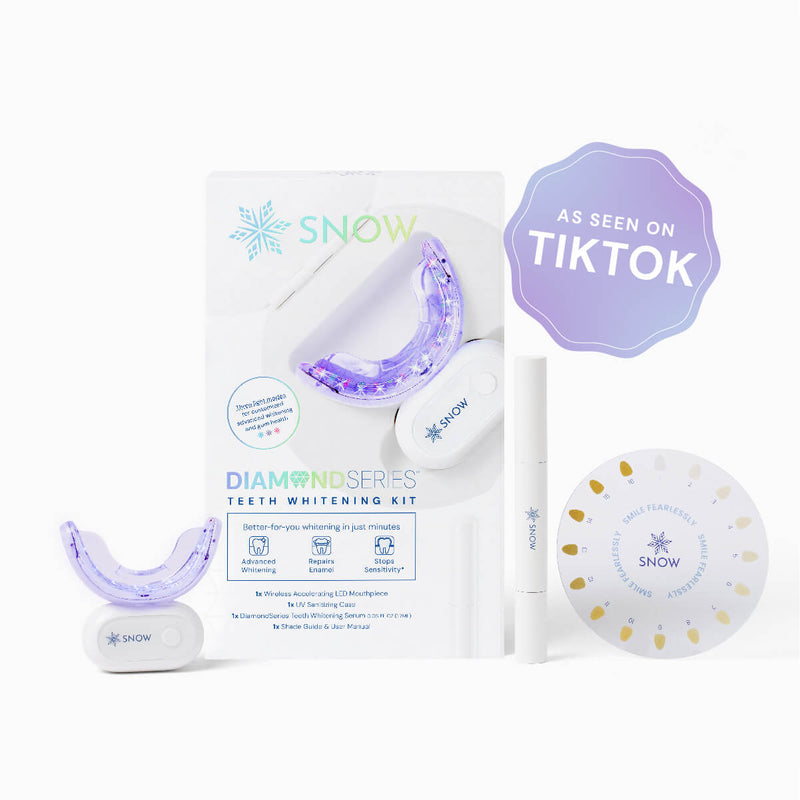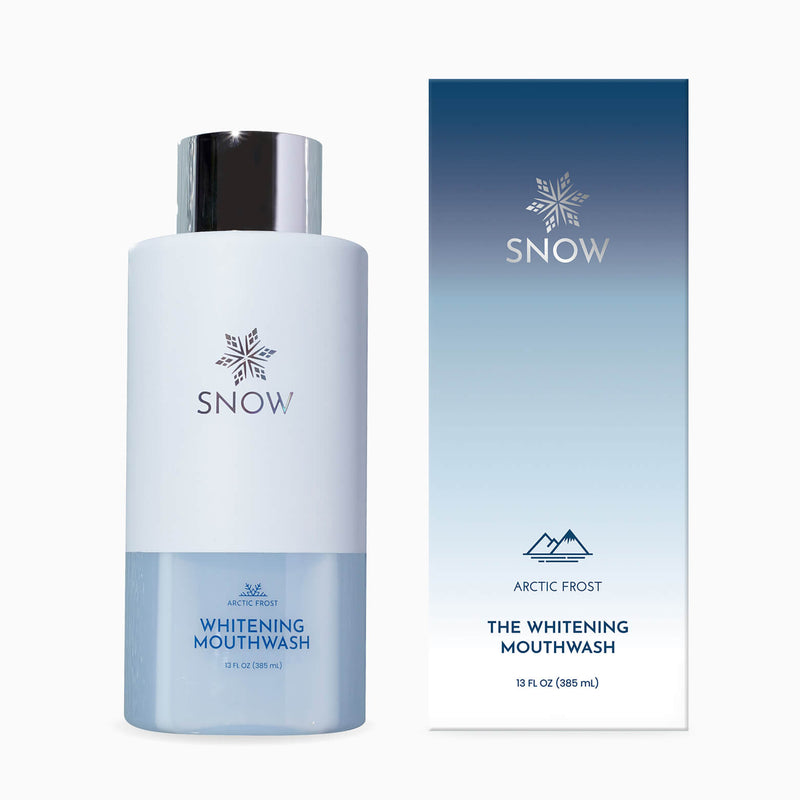How often should you floss? The response hinges on a few factors, but flossing daily is widely advised.
In this piece, we'll dive into the core aspects of flossing, like how frequently you should floss, the optimal time to do it, and whether it's possible to floss too often. We'll also explain how to floss to maximize your oral hygiene routine.
Let's explore the essentials of flossing for improved dental health.
What this article covers:- How Often Should You Floss Your Teeth?
- How Many Times Per Day Should You Floss?
- Why Should You Floss Daily?
- When Is the Best Time to Floss?
- Should You Brush or Floss First?
- Can You Floss Too Much?
- Why Is Flossing Important?
- The Proper Flossing Technique
How Often Should You Floss Your Teeth?
Flossing should be done daily. Flossing this frequently helps remove plaque and food particles that your toothbrush can't reach. This practice prevents the buildup of harmful bacteria between teeth, which can lead to gum disease and tooth decay.
But how long should flossing take, you ask? We recommend two to three minutes to remove gunk from your teeth.
Looking for a flossing solution that's gentle and convenient? Try our Charcoal Whitening Floss Picks, which combine plaque removal with teeth-whitening effects.
How Many Times Per Day Should You Floss?
While brushing your teeth twice a day is standard, flossing should typically be done once a day. Our findings show that excessive flossing can sometimes irritate sensitive gums, so it's important to find the right balance.
That said, there's no harm in flossing more than once if you feel the need. If you've eaten food that tends to get stuck between your teeth, like corn or meat, an extra flossing session can help you feel fresher and prevent discomfort.
Just be gentle, as vigorous or frequent flossing may cause unnecessary wear on your gums.
For those who prefer a more advanced flossing option, the Water Flosser is a great choice. It offers three pressure modes, making it perfect for sensitive gums or braces.
Why Should You Floss Daily?
Our research indicates that flossing daily prevents oral health issues. Plaque, the sticky film that forms on your teeth, can harden into tartar if not removed. Tartar leads to cavities and gum disease, both of which can be painful and require professional dental care. By flossing daily, you're reducing the risk of these common dental problems.
For those looking to add a whitening element to their flossing routine, consider using our Activated Charcoal Whitening Floss. Infused with activated charcoal, this floss lifts plaque and debris while helping to remove stains.
When Is the Best Time to Floss?
We recommend flossing before bed. Throughout the day, food particles and plaque accumulate between your teeth. Flossing at night ensures that these hidden areas are cleaned before you go to sleep, giving your mouth a fresh start for the next day.
Based on our observations, consistency is key. Whether you prefer to floss in the morning, after lunch, or before bed, the most important thing is that you do it daily.
Should You Brush or Floss First?
Many suggest flossing before brushing. When you floss first, you loosen the debris and plaque stuck between your teeth.
Brushing afterwards helps to remove those particles and ensures that the ingredients from your toothpaste reach the newly cleaned surfaces. However, some people prefer brushing first to feel fresher.
For a toothpaste that complements your flossing routine, try teeth whitening toothpaste. Its dual-action formula whitens and strengthens enamel.
Can You Floss Too Much?
Yes, flossing too much or too aggressively can damage the delicate gum tissue between your teeth. This can lead to gum recession, which exposes more of your tooth root and increases sensitivity.

Why Is Flossing Important?
Flossing is vital because it prevents common dental issues, protecting your teeth and gums for the long term. Flossing helps promote overall gum health. Healthy gums are the foundation of a healthy mouth, and regular flossing reduces inflammation and bleeding.
For extra protection against plaque and to whiten your teeth, consider adding the Arctic Frost teeth whitening mouthwash to your routine.
The Proper Flossing Technique
- The process begins with how much floss to use. First, break off about 18 inches of dental floss and wrap most of it around your middle fingers, leaving about two inches to work with.
- Hold the floss tightly between your thumbs and index fingers.
- Gently slide the floss between your teeth, avoiding any harsh snapping motions.
- Curve the floss around each tooth and move it up and down to remove plaque and food particles.
- Use a fresh section of floss as you move from tooth to tooth to avoid spreading bacteria.
Conclusion
Flossing is a key element of a robust oral care routine. In this article, we've discussed the ideal flossing frequency, the best time to floss, and why it's vital to make flossing a daily habit.
We also outlined the proper flossing technique to help you sustain excellent dental health.
If you're looking for a simple way to enhance your oral care, our Water Flosser provides efficient, gentle cleaning for everyone. Try it today and feel fresher than ever before!
If you want to learn more, why not check out these articles below:
- How Deep Should You Floss
- How to Clean Water Flosser
- How Often Should You Water Floss
- Can a Water Flosser Remove Tartar?
- Can You Put Mouthwash in a Water Flosser?
- Water Floss Before or After Brushing
- Before and After Water Flosser
- Water Flosser Tips
- How to Floss Back Teeth
- How to Floss a Bridge
- How to Floss for Kids
- How to Floss 1 Year Old Teeth
- How to Floss Dental Implants
- How to Floss with Braces
- How to Floss with Permanent Retainer

























